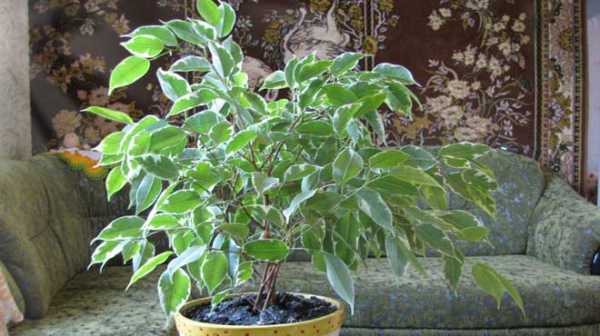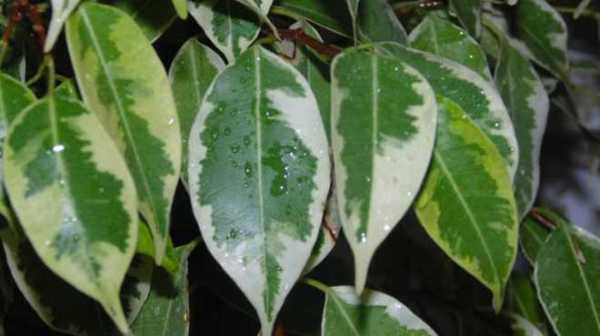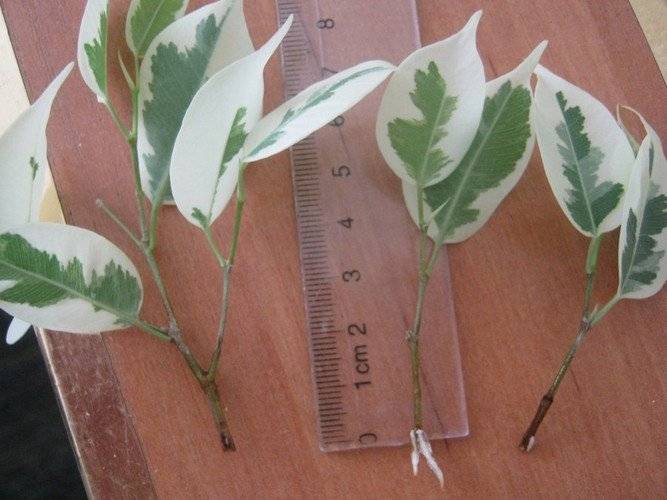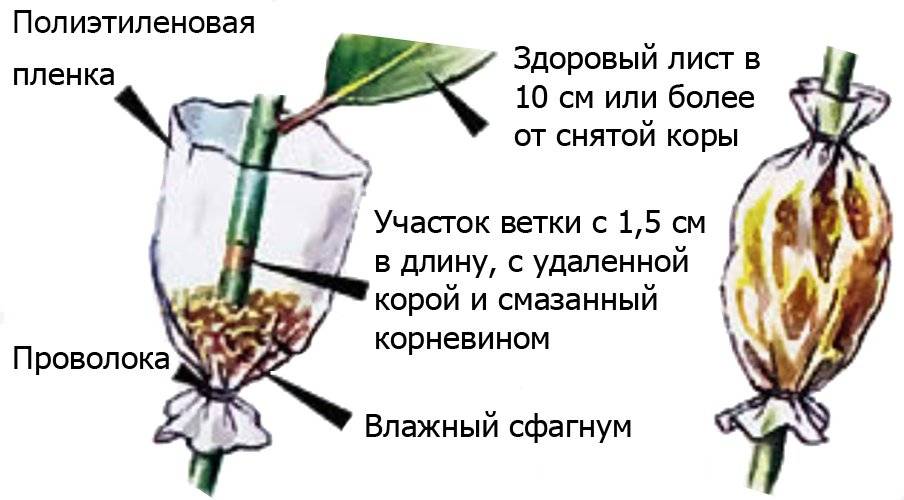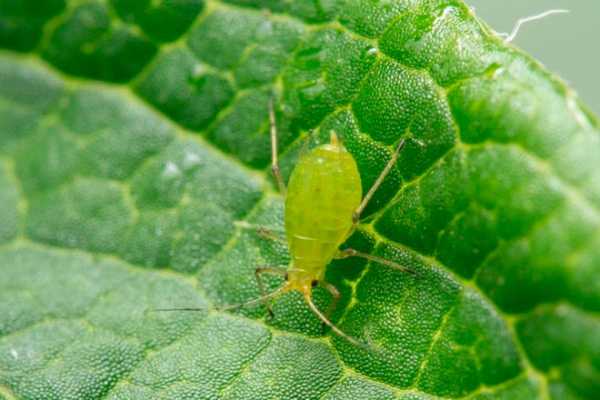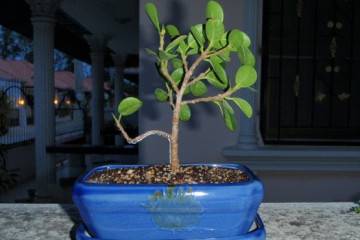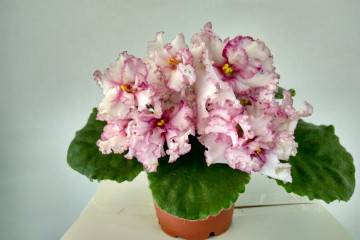Ficus Starlight - variety description, care
Content:
People have long used plants to decorate their homes. Depending on preferences, the size of the room, either small flowers (violets, geraniums, etc.) or tall tree-like flowers were planted. Ficuses, especially Starlight, have gained great popularity from the latter; taking care of it at home will not be difficult.
Description of the flower
The plant belongs to the Mulberry family, the genus of ficus. Its decorativeness is due to the color of the leaves - white and pale yellow spots are scattered over the green. Depending on the number of spots, some leaves appear almost light green. The shape of the leaves is lanceolate, the length of the plate is 4-6 cm. The bush can be shaped, giving different forms, it is even possible to grow a bonsai.
Common varieties
Ficuses are generally in demand. They are grown both at home and in office buildings. Here are the names of some of the common varieties:
- ficus Benjamin Baroque;
- ficus Starlight (ficus starlight);
- Golden King;
- Natasha;
- Kinky;
- variegated;
- Daniel;
- Mix;
- Anastasia.
Healing properties
The use of Starlight is not only in purifying the air from harmful compounds (formaldehyde, phenol, benzene), but also in saturating it with oxygen.
History of appearance
The homeland of the flower is Asia with its tropical climate. Today Starlight is found in the territories of India, China, Australia. Also ficus Benjamin, species and varieties of culture grow in the Philippines and Hawaii.
Features of caring for ficus Starlight at home
Even when moving from place to place, the plant can experience stress. Starlight is no exception. Therefore, before purchasing it, you need to decide on a permanent place. It should be light and warm there.
Despite the fact that the store plant is sold in a poor peat mixture, it is not recommended to replant it immediately. Better to wait a couple of weeks for the flower to acclimate. When transplanting, the transshipment method should be used while preserving the earthen ball.
Temperature
During the growing season, the plant prefers a temperature of 18-25 ° C, and in winter - 16-17 ° C. The minimum permissible (short-term) temperature is at least 10 ° C.
It must be remembered that watering decreases with decreasing temperature, and in the heat it is carried out more often.
Lighting
Starlight is a light-loving plant. It needs good lighting, but not direct sunlight. If the bush is not covered from them, then burns may appear on the leaves.
In the warm season, the flower can be taken out into the fresh air. It is advisable to place it in the lacy shade of an adult tree. It is important to protect the plant from strong drafts.
Watering
The soil in the pot should be moist. But the ficus does not tolerate excessive watering, as well as its lack. In the first case, the plant not only loses leaves, there is also a risk of root rot.
Spraying
To maintain optimal humidity, ficus needs to be sprayed all year round. This is especially true during the heated period, when the batteries dry the air. Lack of moisture can lead to shedding of foliage.
You need to spray with warm soft water. Better to use boiled and cooled to room temperature.
Humidity
Starlight, like other ficuses, loves moist air. The optimum humidity for it will be 70%. With a decrease in this indicator below 50%, the plant loses its decorative effect - it sheds its leaves.
Priming
The limited size of the pot dictates the requirements for the quality of the soil. It should be nutritious and loose. A mixture of turf, rotted foliage, sand and peat is best. For convenience, you can buy a ready-made store. There is no difference between the soil mix options for flowers.
Top dressing
During the entire growing season, the plant needs additional feeding. At the beginning of the season, it should be nitrogen. Organic fertilizers (infusion of cow dung, wood ash, etc.) will be very useful. Organic feed should be alternated with mineral supplements every two weeks.
In winter, ficus needs very small amounts of feeding. They can even be eliminated before spring and resumed in March.
Features of winter care
With a decrease in daylight hours and a decrease in air temperature, almost all members of the family enter a period of rest. It lasts almost 5 months (October-February). At this time, you should reduce watering and place the pot in a cooler place.
Winter dormancy can be avoided by creating conditions close to natural for the plant. Nevertheless, the growth rates will be somewhat slower.
When and how it blooms
Under natural conditions, the ficus Starlight blooms, but at home almost never. There is no particular beauty in its buds. The flowering itself does not depend on the season.
Types of flowers
Ficus flowers do not correspond to generally accepted ideas. They are more like peas. Starlight has them red or bright red. They are called Siconies. The diameter of each is no more than 2 cm. The balls are hollow inside; there is a hole at the top for pollination by insects.
Flowering period
The appearance of siconia does not depend on the season. You can see them all year round.
Changes in care during flowering
If, by some miracle, syconia appeared on a home flower, then caring for the plant becomes more complicated. No deviations in the parameters of temperature, humidity, fertilization should be allowed. But experts strongly advise to pick off the inflorescences. They will not give seeds anyway (there is no pollination), but the forces of the plant will be drawn to themselves. The flower may even die.
Pruning
Like any house plant, ficus requires crown formation. In addition to adjusting the shape, pruning is aimed at removing dried and damaged branches.
Sometimes there is a need to maintain the compact dimensions of the flower. In this case, the branches are cut to a third of the length, unless the crown is designed by weaving branches.
Pruning is done in early spring before the start of the growing season. You will need sharp scissors from the tools. It will be useful to treat the cuts with crushed charcoal or cinnamon powder.
How ficus Starlight reproduces
Starlight can be propagated in several ways. At home, this is mainly cuttings and propagation by layering. In specialized institutions (scientific laboratories, greenhouses), a new plant can be obtained from seeds.
Germinating seeds
If desired, a ficus seedling can be obtained from seeds. Planting material is sold in flower shops. Additionally, it is worth buying a growth stimulator (root, epin, etc.). For quick pecking before sowing, the seeds must be held in this tool.
The seedling soil should be loose. Seeds are sown on wet soil, covered with glass / foil and placed in a warm place. The optimum room temperature should be within 25 ° C.
After hatching, young shoots need to be hardened. To do this, the container with landings must be systematically ventilated. The grown seedlings are transplanted into individual pots.
Rooting cuttings
The method of propagation of the plant by cuttings is often used. For this, a part of the stem with 4-6 eyes (leaves) is cut off with a sharp knife, the lower leaves are removed. For successful rooting, the cutting is recommended to be treated with a stimulant (root, epin) and placed in a container with water. When the shoot sprouts, it must be planted in a pot with light, loose soil.
Air layering
The most difficult option is the cultivation of a flower with air layers. This operation is carried out directly on the shoot. Having retreated from the top of the branch 50-60 cm, a strip of bark is removed with a sharp knife in a circle. Then this belt is wrapped in wet moss and covered with a film. The latter will help maintain the moisture required for root formation. After a few months, roots will appear under the incision. Then the young plant is cut off from the branch and planted in a separate pot.
Other options
Occasionally, the grafting method is used in the cultivation of ficus. The process complicates the release of milky juice. It appears at the site of the cut and greatly inhibits the growth of the scion and rootstock. Rinsing and drying of sections is required. The method is used when they want to see several types of culture in one tree, or to give the crown the desired shape.
Transfer
During the active growing season, it is not recommended to touch Starlight. The exception is newly acquired plants and then after two weeks of quarantine.
Young specimens should be replanted annually, increasing the size of the container by 1.5-2 cm in diameter. Mature plants need to be replanted every three years. In very adult and large specimens, it is enough to renew only the topsoil.
The transfer is carried out by the transshipment method. Before planting in a new pot, it is recommended to take a good look at the roots and, if there are diseased and rotten areas, remove them. It is better to spill the soil in the pot with a fungicide (for example, carbendazim) at the dosage as described.
Possible growing problems and diseases
Ficuses can be subject to such ailments:
- gray rot. The leaf plate is covered with a grayish mold. Diseased leaves must be removed manually and the bush must be treated with a fungicide (bravo, acrobat, etc.);
- powdery mildew. A mealy bloom appears on the leaf. At the very beginning, you can get by with a soap solution (wipe the leaves), and in advanced cases only fungicides will help;
- root rot. It appears due to the overflow of the plant. Roots rot. You can try to remove damaged roots, rinse in a pink manganese solution and transplant into fresh soil. In the future, you will have to adjust the watering;
- anthracnose. With this disease, the edges of the leaves ulcerate. In the treatment, it is worth using fungicides.
Drops buds and leaves
There are several reasons for this phenomenon. The main ones are:
- temperature difference. This applies to both warm and cold streams. Drafts are not desirable;
- improper watering.In winter, it is enough to water once a week, and in summer - 1-2 times a day;
- direct sunlight or, conversely, a solid shadow. Better to put the flower pot in lace shade;
- pests such as spider mites, aphids, scale insects, mealybugs. It will be necessary to treat the soil and the plant itself with insecticides (actara, actellik);
- lack of trace elements. Special fertilizers for ficuses will help to normalize the chemical balance.
Leaves turn pale
Leaves can turn pale from lack of light - photosynthesis is disrupted. By eliminating diseases and pests, the provision of sufficient illumination can improve the situation.
The tips of the leaves dry
The tips of the leaves dry:
- with a nearby heating source;
- in case of damage to the root system during transplantation.
Zircon will help to solve the problem. Suitable for irrigation (4 drops per 1 liter) and for spraying. Regularity - once a week.
The lower leaves fall
This happens with excessive watering in a warm room in winter. Photosynthesis is greatly reduced due to lack of light. The plant is trying to grow, but there is not enough solar energy. To keep the growing point alive, nutrients will be pulled upward. The lower leaves will no longer receive food. They become dark, dry and fall off. Additional lighting (even with an ordinary lighting lamp) or lowering the temperature to 15-17 ° C will help to solve the problem.
Pests
Starlight is quite pest resistant. But sometimes it is attacked by such pests as:
- shield;
- aphid;
- spider mite;
- mealybug.
To avoid damage to the plant, it must be systematically washed with soapy water.
Other problems
Ficus responds negatively to drafts. The result is loss of leaves.
Excessive watering can cause root rot. You can save the plant by cleansing the damaged area and transplanting it into fresh soil.
Sometimes nematodes settle on the roots. To get rid of them, the bush takes out their pot and completely immerses them in a solution of insecticides (for example, actara). Then it needs to be planted in new soil.
Signs and superstitions
Fans of mystical teachings give the ficus special properties. It is believed to promote fertility. Particular importance is attached to the donor. A flower obtained from a successful married couple in this regard works better.
It is also recommended to keep ficus in the office of any manager. It helps you get your thoughts on track and focus on the main points.
Indoor ficus Starlight is a very spectacular plant. It will be appropriate both in residential premises and in offices. In addition, Starlight is also a wonderful air purifier. When creating an optimal mode of detention, there will be no problems with it.

